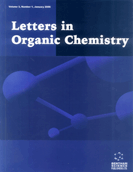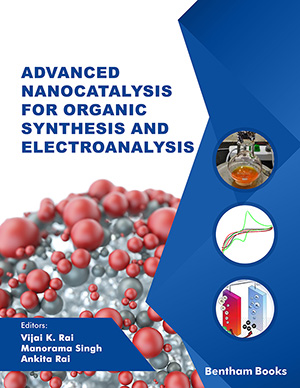Abstract
Introduction: Nitrogen containing heterocycles such as azoles have gained popularity in medicinal chemistry research due to their versatile pharmacological activities. Imidazole’s are one such class of adaptable compounds. The aim of the study was to explore pharmacological activities of 2,4,5- trisubstituted imidazole’s and also to develop a novel method of synthesis using microwave chemistry.
Methods: In the present study, the in-silico studies of 2,4,5-trisubstituted imidazole’s was carried out to predict their anti-leishmanial as well as COX-2 inhibitory activity. Although, the results are not satisfactory for the anti-leishmanial activity, the molecules showed comparable docking scores with standard celecoxib for the COX-2 inhibitory activity. Later, the microwave-assisted green synthesis of trisubstituted imidazole’s was attempted using green catalyst and solvent, molecular iodine and ethanol respectively. The synthesised derivatives (TG-1-4) were purified and characterised.
Results: The derivatives were subjected to in-vitro COX-2 inhibitory assay, which showed good results. The molecules under study showed exemplary results against COX-2 PDB in molecular docking studies. A novel microwave-irradiation method was developed for the synthesis and also the in-vivo studies carried out for testing COX-2 inhibition was fruitful.
Conclusion: In conclusion, the selected derivatives can be further studied in-vivo to develop new COX-2 inhibitors.
Keywords: Molecular docking, microwave-assisted synthesis, green chemistry, anti-leishmanial, COX-2 inhibition, pharmacological evaluation.
[http://dx.doi.org/10.1007/BF00768245]
[http://dx.doi.org/10.3390/molecules25081909] [PMID: 32326131]
[http://dx.doi.org/10.1080/17518253.2012.733032]
[http://dx.doi.org/10.1039/C1CC15238F] [PMID: 22031184]
[http://dx.doi.org/10.1021/ar040278m] [PMID: 16104688]
[http://dx.doi.org/10.1039/B310502D]
[http://dx.doi.org/10.1155/2012/626838] [PMID: 23118748]
[http://dx.doi.org/10.1016/j.bmcl.2009.10.117] [PMID: 19913413]
[http://dx.doi.org/10.1007/s11030-019-09953-4] [PMID: 31028558]
[http://dx.doi.org/10.1080/14756360802208137] [PMID: 18671165]
[http://dx.doi.org/10.1016/j.drudis.2015.04.006] [PMID: 25936844]
[http://dx.doi.org/10.1185/030079905X43686] [PMID: 15974563]
[http://dx.doi.org/10.1097/MD.0000000000011649] [PMID: 30075549]
[http://dx.doi.org/10.1111/j.1939-1676.2007.tb02978.x] [PMID: 17552439]
[http://dx.doi.org/10.1016/S1062-1458(01)00545-1]
[PMID: 15926604]
[http://dx.doi.org/10.1016/j.bmc.2006.12.041] [PMID: 17258905]
[http://dx.doi.org/10.1016/j.tmaid.2020.101646] [PMID: 32294562]
[http://dx.doi.org/10.1134/S1070363216050297]
[http://dx.doi.org/10.1080/14756366.2016.1250755] [PMID: 28098499]
[http://dx.doi.org/10.1021/jm051256o] [PMID: 17034125]
[http://dx.doi.org/10.1002/cmdc.202000491] [PMID: 32924264]
[http://dx.doi.org/10.2174/1386207321666180228113925] [PMID: 29493450]
[http://dx.doi.org/10.1016/j.cclet.2008.05.007]
[http://dx.doi.org/10.1016/j.cclet.2009.11.012]
[http://dx.doi.org/10.25135/acg.oc.118.22.01.2341]
[http://dx.doi.org/10.1016/j.molcata.2006.10.009]



























